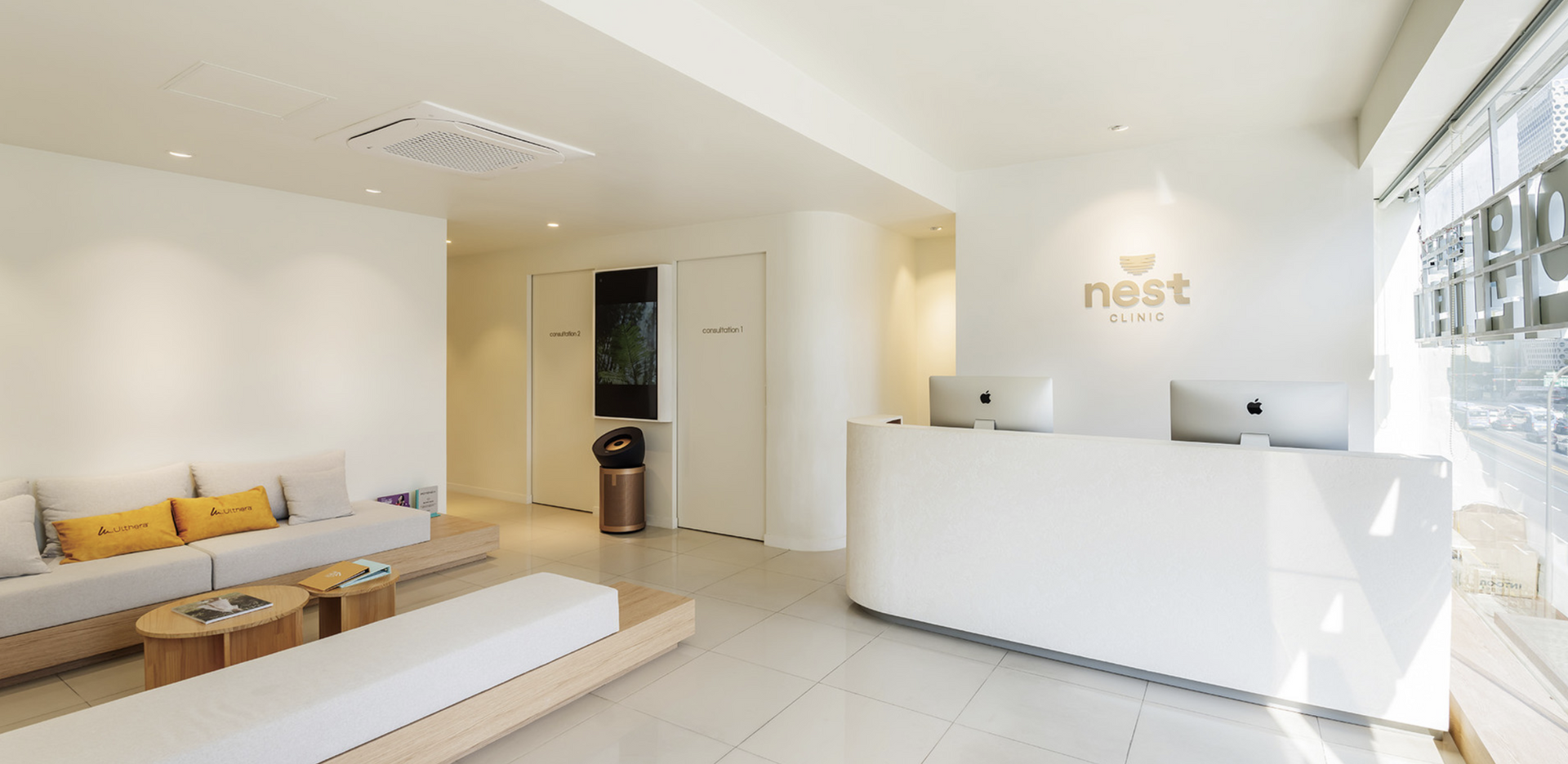Hormonal Acne
Hormonal Acne: What It Is and How to Treat It
Hormonal acne is one of the most common—and most frustrating—types of breakouts. Unlike occasional pimples, hormonal acne is deeply connected to your internal balance, stress levels, and monthly cycles. It often shows up around the jawline, chin, and lower face, and can persist well into adulthood.
This guide explains what hormonal acne really is, why it happens, and the most effective ways to treat it safely and consistently.
What Is Hormonal Acne?
Hormonal acne occurs when hormone fluctuations increase oil production and inflammation in the skin. It can appear at any age, not only during teenage years, and often becomes more noticeable in the 20s, 30s, and 40s.
Common signs include:
- Deep, painful cysts
- Breakouts around the jawline, chin, and neck
- Flares around menstruation
- Oily skin with clogged pores
- Dark marks left behind after healing
- Recurrent breakouts despite good skincare
Hormonal acne almost always requires internal + topical management, not just over-the-counter products.
What Causes Hormonal Acne?
Several internal factors can trigger or worsen hormonal acne:
1. Androgen Fluctuations
Higher androgen (male hormone) activity increases oil production, leading to clogged pores and inflammation.
2. Menstrual Cycles
Many individuals experience breakouts 1–7 days before their period due to progesterone and estrogen shifts.
3. Stress Hormones
Cortisol spikes from stress trigger oil glands and inflammation.
4. Insulin Imbalance
High sugar and insulin levels can worsen hormonal breakouts, especially around the chin.
5. Stopping or Changing Birth Control
Hormone changes during contraceptive transitions often trigger flare-ups.
6. PCOS or Endocrine Issues
Conditions like PCOS frequently cause persistent lower-face acne.
7. Lifestyle Triggers
Lack of sleep, high-glycemic diets, and chronic stress contribute to flare cycles.
Where Hormonal Acne Usually Appears
The distribution pattern is a big clue:
- Chin
- Jawline
- Neck
- Lower cheeks
- Around the mouth
These areas have high hormone sensitivity.
How to Treat Hormonal Acne
Hormonal acne improves best with combined internal and external therapy.
Topical Treatment Options
1. Retinoids (Tretinoin or Adapalene)
Helps unclog pores, smooth texture, and prevent cyst formation.
2. BHA (Salicylic Acid)
Reduces inflammation and penetrates deep into oil glands.
3. Benzoyl Peroxide
Targets acne-causing bacteria and prevents cysts.
4. Azelaic Acid
Brightens dark marks while calming inflammation—great for post-acne pigmentation.
5. Niacinamide
Reduces redness, controls oil, and strengthens the skin barrier.
Internal Treatment Options
Because hormonal acne starts inside, internal treatments are often the most effective.
1. Oral Hormonal Regulation
Birth control pills or hormone-regulating medications can stabilize breakouts.
2. Spironolactone (for Women)
A popular option globally—reduces androgen-driven oil production.
3. Supplements
- Zinc
- Omega-3
- Vitamin D
- Inositol (for PCOS-related acne)
These support hormone balance and inflammation reduction.
Lifestyle Changes That Help
1. Low-Glycemic Diet
Reduce sugar spikes that trigger insulin and oil production.
2. Stress Management
Meditation, exercise, and good sleep help lower cortisol.
3. Clean Makeup & Skincare
Avoid comedogenic ingredients such as:
- Coconut oil
- Heavy silicones
- Certain waxes
4. Consistent Sleep Schedule
Hormone regulation is closely tied to sleep quality.
When to See a Dermatologist
You should seek professional care if:
- Acne is painful or cystic
- Breakouts leave dark marks or scars
- OTC products are not working
- Acne flares every month
- You suspect PCOS or hormone imbalance
- Acne affects your confidence or daily life
A dermatologist can create a treatment plan tailored to your hormones, skin type, and medical history.
Hormonal Acne vs. Regular Acne: What’s the Difference?
Hormonal acne is:
- Deeper
- More painful
- More predictable (cycle or stress-related)
- Concentrated on the lower face
Regular acne tends to be more surface-level and spread across the entire face.
How Long Does It Take to See Results?
- 2–4 weeks: reduced inflammation
- 6–8 weeks: fewer new breakouts
- 3–6 months: major improvement
- 6–12 months: stable, long-term control
Consistency is critical—hormonal acne requires steady management, not quick fixes.
Final Takeaway
Hormonal acne is deeply tied to internal balance—so treatment must address the root cause, not just the skin surface. With the right combination of topical care, hormonal regulation, and lifestyle changes, long-lasting clarity is absolutely achievable.


